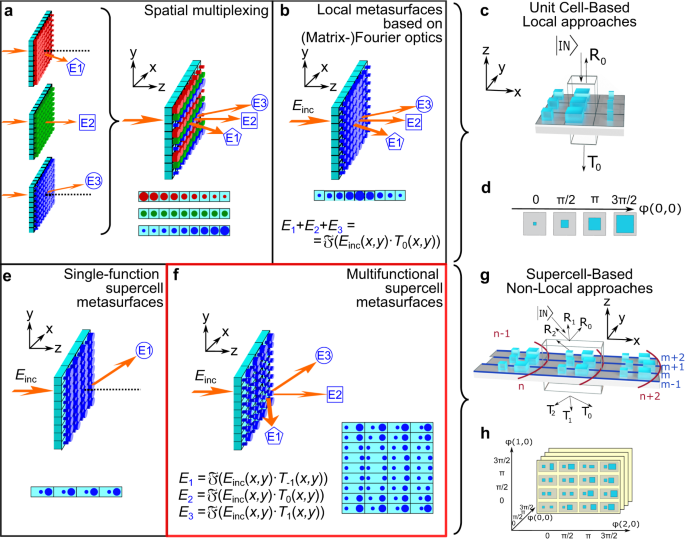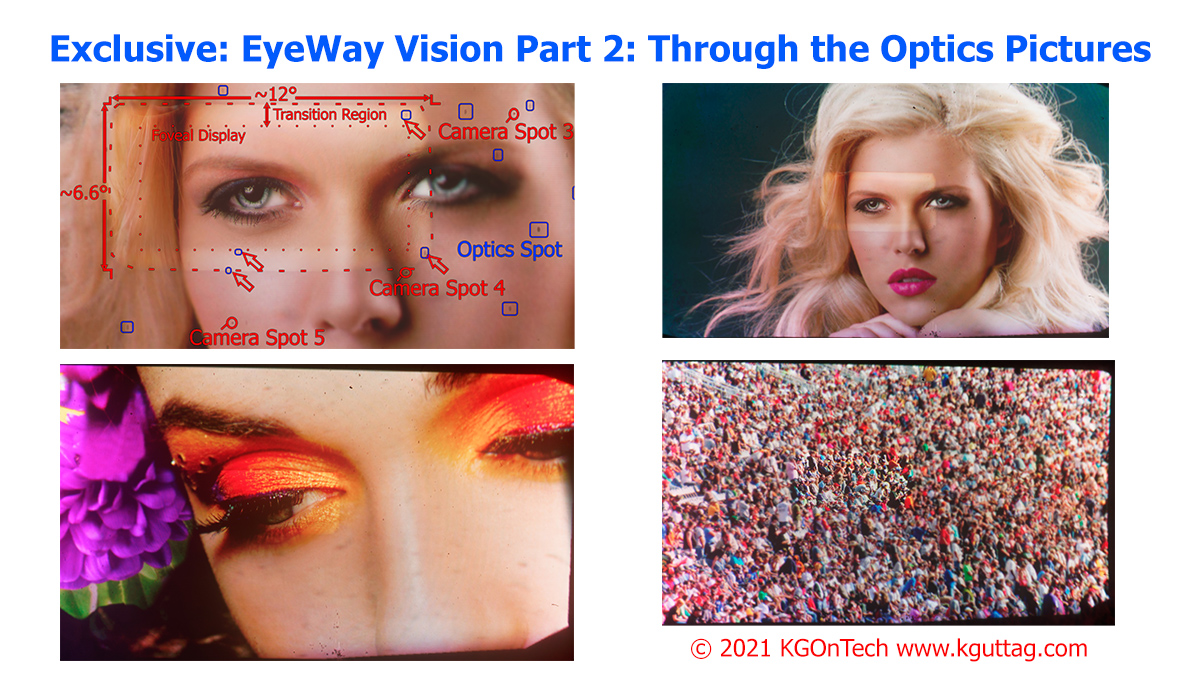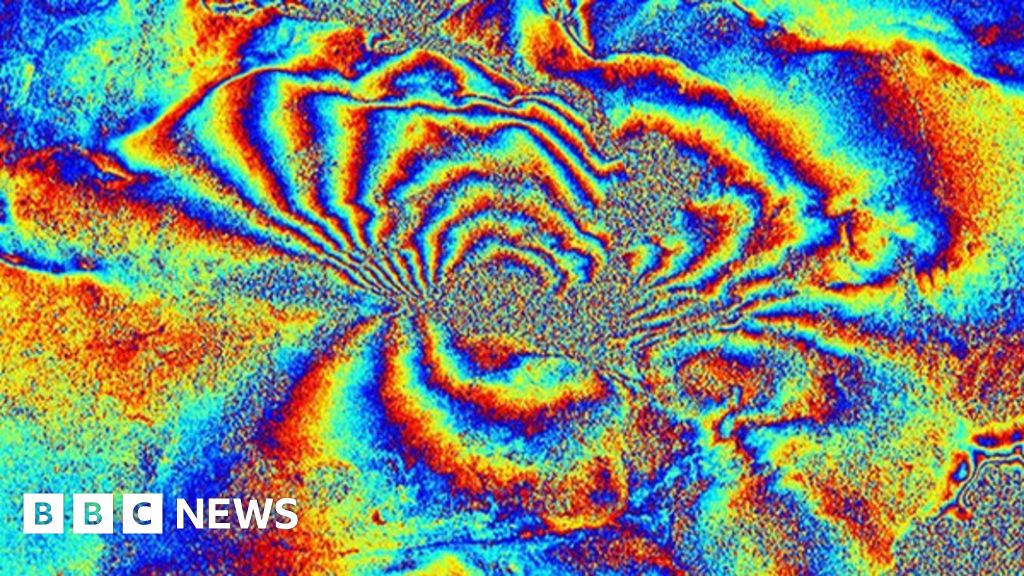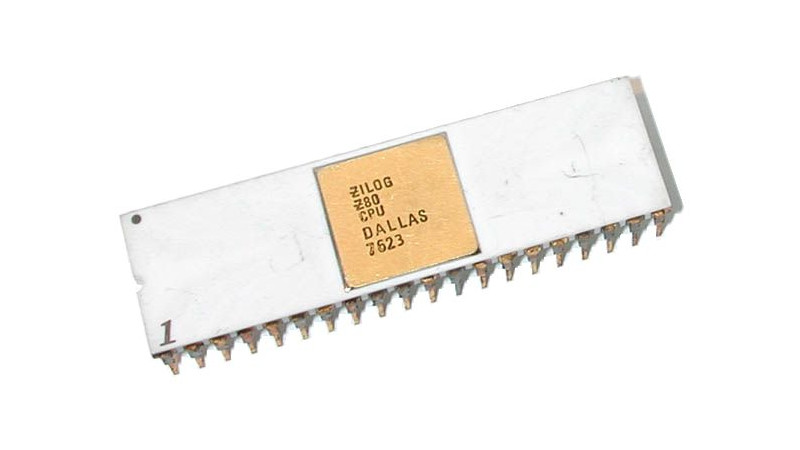
Multifunctional wide-angle optics and lasing based on supercell metasurfaces
Nature Communications volume 12, Article number: 3787 (2021 ) Cite this article
Metasurfaces are arrays of subwavelength spaced nanostructures that can manipulate the amplitude, phase, and polarization of light to achieve a variety of optical functions beyond the capabilities of 3D bulk optics. However, they suffer from limited performance and efficiency when multiple functions with large deflection angles are required because the non-local interactions due to optical coupling between nanostructures are not fully considered. Here we introduce a method based on supercell metasurfaces to demonstrate multiple independent optical functions at arbitrary large deflection angles with high efficiency. In one implementation the incident laser is simultaneously diffracted into Gaussian, helical and Bessel beams over a large angular range. We then demonstrate a compact wavelength-tunable external cavity laser with arbitrary beam control capabilities – including beam shaping operations and the generation of freeform holograms. Our approach paves the way to novel methods to engineer the emission of optical sources.
The efficient transformation and shaping of light are of paramount importance for science and technology. Nowadays, modern versatile optical devices demand several functions which results in complex systems when implemented with bulk optics. In contrast, one can achieve compact, lightweight, and customized optical devices when replacing the latter with metasurfaces. Metasurfaces are artificial planar metamaterials that consist of arrays of subwavelength-spaced nanostructures, often referred to as metaatoms, which can locally manipulate amplitude, phase, and polarization of light to achieve a variety of optical functions such as lensing, structured light, enhanced cameras, and optical computing to name just a few1,2,3,4,5,6,7,8,9. However, the efficiency and the angular range of current approaches to create multifunctional metasurfaces (summarized in Fig. 1a–c) are limited, thus preventing widespread applications. Hence, there is currently no optical component with the flexibility of metasurfaces in beam shaping, which also implements different functions with large difference in deflection angle. We focus here on metasurfaces performing different functions in different directions simultaneously, as opposed to a single function that changes with different wavelengths10,11 or the angle of incidence12,13.












/cdn.vox-cdn.com/uploads/chorus_asset/file/25330660/STK414_AI_CHATBOT_H.jpg)









